- Neck Pain

Common neck pain may occur from muscle strain or tension from everyday activities including poor posture, prolonged use of a computer and sleeping in an uncomfortable position.
Know More Launch Movie - Whiplash

Whiplash is a soft tissue injury to the neck, usually caused by a sudden forceful jerk commonly occurring because of an automobile accident, sports injuries or an accidental fall.
Know More - Cervical Spondylosis
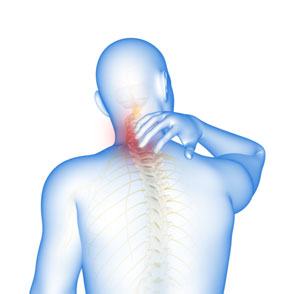
Cervical spondylosis, also called arthritis of the neck, is an age-related medical condition characterized by deterioration of spinal joints, vertebrae, discs, and ligaments in your neck.
Know More - Cervical Deformities
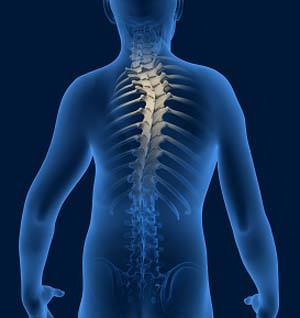
Deformities of the cervical spine usually result in an abnormal posture of the head in comparison with the chest and shoulders. Cervical deformity can also result in breathing and swallowing difficulty and can severely disturb a person’s capacity to do normal tasks such as eating, drinking, reading, or driving.
Know More - Cervical Radiculopathy/Myelopathy
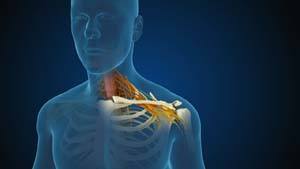
Disc protrusion, also called herniated disc, is a condition caused by a tear in an intervertebral disc, allowing the disc contents to bulge out.
Know More Launch Movie - Cervical Fracture
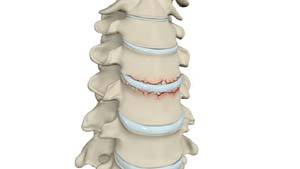
Cervical fractures are common in motor vehicle accidents, sports activities and falls. The second, sixth and seventh cervical vertebrae are frequently involved in fractures, which may injure the spinal cord.
Know More - Cervical Herniated Disc
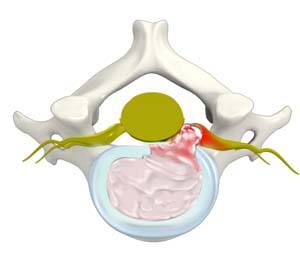
Herniation of a disc is an anomalous spine condition characterized by the bulging of the inner contents of the intervertebral disc due to cracks in its outer wall. A herniated disc is commonly seen in the cervical or neck region and is called cervical herniated disc (CHD).
Know More - Cervical Stenosis
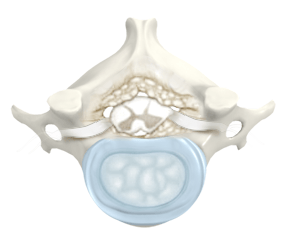
Cervical stenosis refers to the narrowing of the spinal canal that protects the spinal cord and its branching nerves.
Know More - Cervical Disc Protrusion
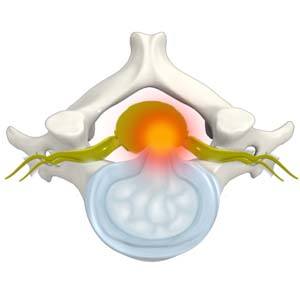
Cervical disc protrusion, commonly known as a disc bulge, occurs when the spinal discs and associated ligaments are intact, but may form an outpouching that presses on the spinal nerves.
Know More - Cervical Degenerative Disorder
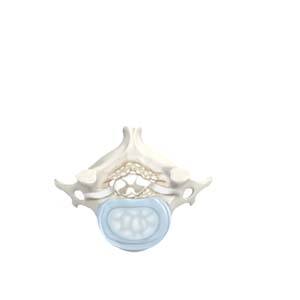
Cervical degenerative disc disease (DDD) is a misnomer as it is not a disease but a condition that affects the strength, resiliency and structural integrity of the intervertebral discs due to increasing age, trauma, injury, repetitive movement, improper posture, or poor body mechanics.
Know More - DISH (Diffuse Idiopathic Skeletal Hyperostosis)
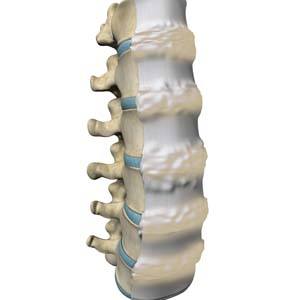
Diffuse idiopathic skeletal hyperostosis (DISH) is a condition that commonly affects the spine.
Know More - Fracture of the Thoracic and Lumbar Spine
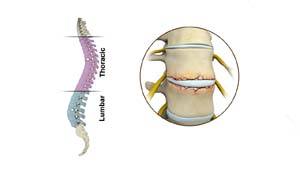
Thoracic and lumbar spine fractures frequently occur due to high-velocity accidents, falls from a height or a violent blow. They may also occur in cases of osteoporosis or a tumor where the bone is weakened.
Know More - Thoracic Myelopathy

Thoracic myelopathy is a disorder resulting from severe spinal cord compression in the thoracic region.
Know More - Thoracic Nerve Compression

Thoracic nerve compression refers to a compressed nerve root in the thoracic region of the spine, also called the upper back.
Know More - Thoracic Corpectomy

Thoracic corpectomy is a surgical procedure performed to relieve pressure on a nerve at the thoracic region (upper and middle back) by removing the source of the compression.
Know More - Low Back Pain

Low back pain is often a common symptom of many disease conditions and the back pain may range from simple or dull pain to sudden and sharp pain.
Know More - Fracture of the Thoracic and Lumbar Spine

The backbone is made of small bones arranged from the neck down to the buttocks, one above the other. The region at the chest and lower back are called the thoracic and lumbar spine, respectively. These are the two regions commonly affected by a fracture.
Know More - Lumbar Radiculopathy
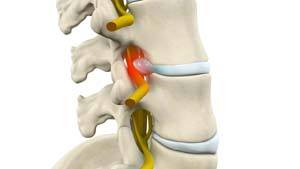
Back pain is a common condition affecting approximately 80% of the population at some point in their lives. The area usually affected is the lower back (lumbar region) as it bears most of the upper body’s weight. Trauma to the spine, age and overuse can result in deterioration of the vertebral bones and joints or bulging of the discs.
Know More - Lumbar Herniated Disc
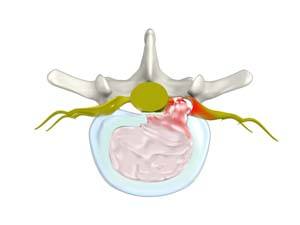
A herniated disc is a condition in which the outer fibers (annulus) of the intervertebral disc are damaged, causing the soft inner material of the nucleus pulposus to rupture out of its space. It is the most common cause of lower back pain and pain that radiates down the leg (radiculopathy).
Know More - Lumbar Stenosis
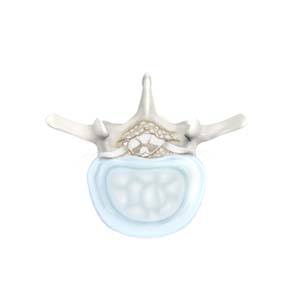
Lumbar stenosis is the compression of spinal nerves caused by the narrowing of the spinal canal. It is one of the common causes of lower back pain. Spinal stenosis can also affect the spine in the neck region.
Know More - Lumbar Degenerative Disc Disease
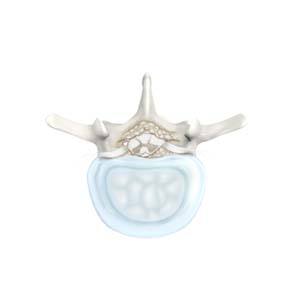
Lumbar degenerative disc disease (DDD) is a common cause of lower back pain. Over time, these natural shock absorbers wear out and degenerate. Degenerative disc disease is not actually a disease but refers to the changes in the spine that occur as a part of the normal aging process.
Know More - Lumbar Disc Herniation
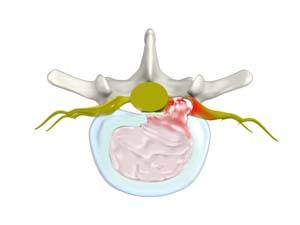
Lumbar disc herniation is the most common cause of lower back pain and leg pain (sciatica). Aging, injury or trauma may cause the annulus fibrosus to tear, resulting in protrusion of the nucleus pulposus. This may compress the spinal nerves and/or spinal canal.
Know More - Lumbar Facet Joint Arthropathy

A joint is a place where two bones contact each other. Arthropathy means any disease of the joints. Lumbar facet joint arthropathy occurs when the facet joints degenerate or wear out over time due to aging or arthritis.
Know More - Spinal Disc Herniation
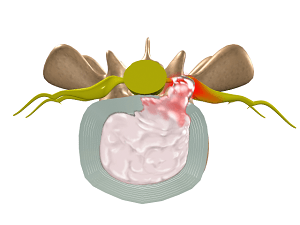
Disc herniation is a condition where the central nucleus pushes through the outer edge of the disc, causing a bulge that compresses the spinal nerves.
Know More Launch Movie - Spondylolysis
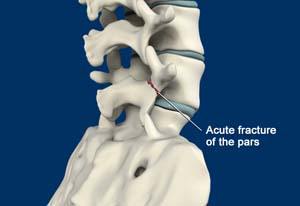
Spondylolysis is a stress fracture in the vertebra that may progress into spondylolisthesis, a condition where the vertebra gets displaced from the spinal column.
Know More Launch Movie - Vertebral Compression Fractures
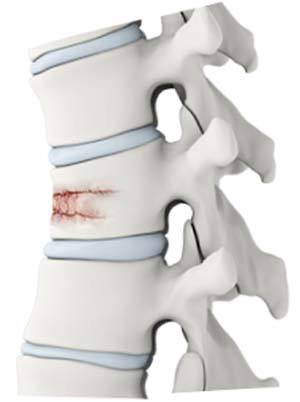
Vertebral compression fractures can occur because of trauma from a fall, forceful jump, car accident or tumor that spreads to the spine from elsewhere. Vertebral compression fractures are usually caused by osteoporosis, a condition that causes thinning of the bone.
Know More - Back Pain

Back pain or backache is the pain felt in the back that may originate from damage to the muscles, nerves, bones, joints or other structures in the spine.
Know More - Spondylolisthesis

Spondylolisthesis is the displacement of the vertebral disc from the spinal column.
Know More Launch Movie - Spine Deformities
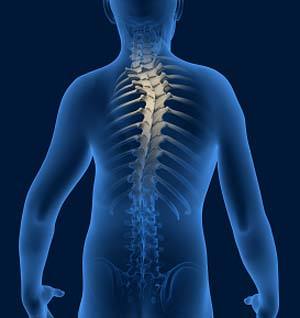
It is a condition where the spine or backbone is curved sideways instead of appearing in a straight line. It curves like an “S” or “C” shape. Larger curves cause discomfort while the small curves do not cause any problems.
Know More - Sciatica

The sciatic nerve is the longest nerve in your body. It begins in the lower back and extends through the buttocks down the back of each leg to the thighs and feet.
Know More - Scoliosis

Scoliosis is a condition characterized by the abnormal curvature of the spine that causes a deviation to one side.
Know More Launch Movie - Spinal Tumors
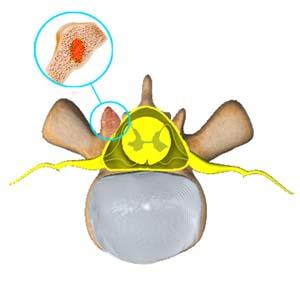
A spine tumor is the abnormal growth of uncontrolled tissues or cells in and around the spinal cord.
Know More - Kyphosis

Kyphosis is a condition of abnormal curvature of the spine that causes rounding of the upper back or a hunchback.
Know More - Scheuermann's Kyphosis

Scheuermann’s kyphosis is a deformity of the spine that develops during growth.
Know More - Ankylosing Spondylitis

Ankylosing spondylitis is a systemic disease affecting other tissues and organs throughout the body. It can cause inflammation of faraway joints and organs such as the eyes, heart, lungs, and kidneys.
Know More Launch Movie - Spondyloarthropathies

Spondyloarthropathies are a group of chronic inflammatory diseases of the spine and joints. Spondyloarthropathies can occur at any age, however, they occur more often in young males.
Know More Launch Movie - Lordosis
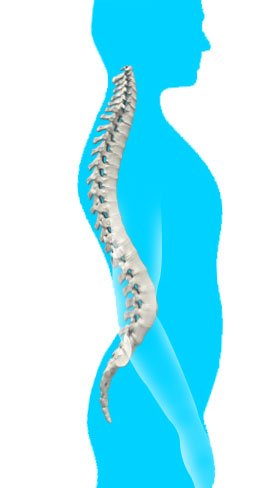
Lordosis places greater pressure on the spine causing pain, muscle spasm, bladder or bowel difficulties, or numbness and tingling sensations.
Know More - Spinal Infection

A spinal infection is described as an infection of the spine. It can occur in various locations of the spine i.e., intervertebral disc space, vertebral column, spinal canal, and nearby soft tissues.
Know More - Spine Trauma

Spine trauma is defined as an injury or damage to any region of the spine. The spine extends from the neck to the lower back and consists of the vertebral bones which surround and protect the spinal cord.
Know More - Poor Balance

Poor balance can be defined as a sense of unsteadiness on your feet due to dizzy spells or lightheadedness, fainting, blackouts, or loss of consciousness.
Know More - Difficulty Walking

Walking is a complex interaction among multiple systems of the body. Proper walking is a result of balance, sensory function, reflexes, motor function, and many other systems working in conjunction.
Know More - Sagittal Imbalance

The spine has three natural curves when viewed from the side, an inward curve in the neck and lower spine called lordosis and an outward curve in the mid-back called kyphosis.
Know More - Epidural Abscess

An epidural abscess is a medical condition that can be defined as an infection in the region between the spine, or bones of the skull, and the membranes that surround the spinal cord (meninges) and brain.
Know More - Discitis

Discitis, also called discitis, is inflammation between the spaces of the intervertebral discs in the spine.
Know More - Spine Bone Spurs

Spine bone spurs, also called osteophytes, are bony projections that develop in the spine’s facet joints where cartilage has worn out or along the vertebral body’s endplates edges. It can grow at any level of the spinal column such as the low and mid-back and in the neck.
Know More - Spinal Stenosis
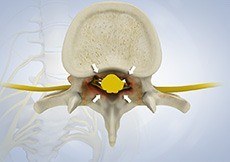
Spine X-rays are radiological tests carried out to rule out other causes such as a tumor or infection.
Know More Launch Movie - Idiopathic Scoliosis

Scoliosis is a medical condition characterized by an abnormal lateral curvature of the spine, either to the left or to the right.
Know More - Metastatic Tumours

A tumor (lump or mass) in your spine is an abnormal growth of tissue within or around your spinal column or spinal cord.
Know More - Osteoporotic Fractures

Osteoporosis is a bone disorder where your bones become fragile and weak causing them to break easily. The condition occurs when your body starts losing bone or does not make enough bone or both, due to calcium deficiency. Osteoporosis is common in the spine.
Know More - Radiculopathy

Radiculopathy is a condition where a nerve root in the spine is compressed, producing pain or weakness across the whole length of the nerve. It is sometimes referred to as a pinched nerve or sciatica. It occurs most commonly, but is not limited, to the lower back and neck.
Know More Launch Movie - Failed Back Surgery Syndrome

Failed back surgery syndrome is a term used to describe poor results from previous spine surgery.
Know More - Adult Degenerative Scoliosis

Adult degenerative scoliosis is characterized by side to side or lateral bending of the spine in adults. Degenerative scoliosis can involve either the mid-back and/or lower back region of the spine.
Know More - Compression of Thoracic Nerve

Nerves can undergo compression or become pinched by surrounding structures as they emerge from the spine, a condition called radiculopathy.
Know More - Peripheral Nerve Compression

The peripheral nervous system transmits signals from the brain and spinal cord to the rest of your body. As nerves leave the spine, they will course through the body and are susceptible to entrapment or compression anywhere along its course.
Know More - Sacroiliac Joint Dysfunction
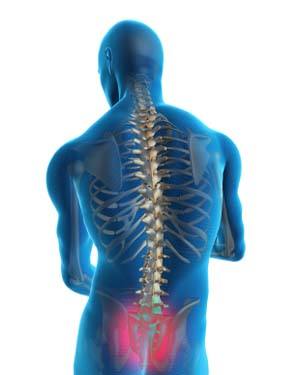
Sacroiliac joint dysfunction or sacroiliac joint pain is one of the common causes of low back pain.
Know More Launch Movie - Adjacent Segment Disc Disease
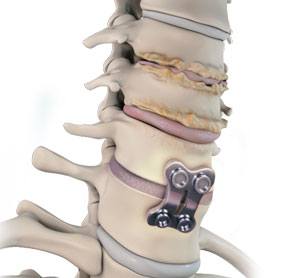
Spinal fusion surgery involves the fusion of two or more vertebral bones and is a standard of care for spinal deformities and conditions such as radiculopathy, myelopathy, and spondylolisthesis.
Know More - Cauda Equina Syndrome
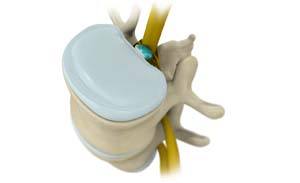
What Cauda equina syndrome is an emergency condition characterized by persistent severe lower back pain caused by the compression of a bundle of spinal nerves (cauda equina) at the end of the spinal cord (lower back and hip region).
Know More - Spinal Degenerative Disease
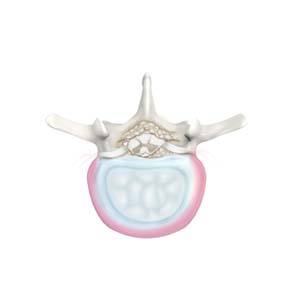
The intervertebral disc is composed of a ring called the annulus fibrosis that encloses a gelatinous inner structure called the nucleus pulposus.
Know More Launch Movie - Fractures of the Spine

A fracture of the spine is a break in the bone continuity of the spinal vertebrae or vertebral column.
Know More Launch Movie - Facet Joint Arthritis
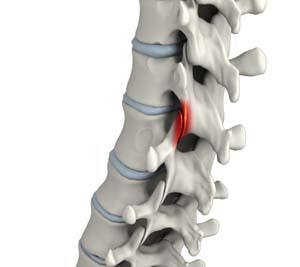
Facet joints, also called zygapophyseal joints, are synovial joints located at the back of your spine, connecting the vertebrae together.
Know More - Degenerative Spinal Conditions
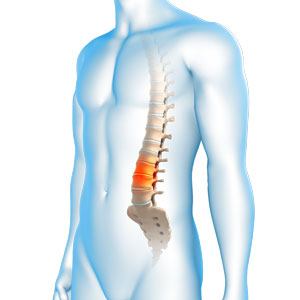
A degenerative condition is a continuous deterioration of a tissue or an organ in your body over time.
Know More - Pathological Fractures of the Spine

Pathological fractures are broken bones in an area already weakened by another disease, not by an injury. Some underlying diseases can weaken the spinal bones making them brittle and eventually causing a fracture or break in the bone.
Know More















